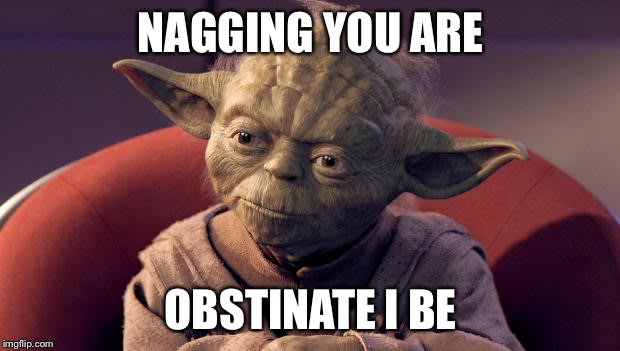Part 2: A model for Change Management: ADKAR
If you missed part one of this post you can check it out here.
When faced with a challenge, regardless of size, the first step is to devise a plan of action. An often-overlooked component of action planning is assessing five critical factors: Awareness, Desire, Knowledge, Ability and Reinforcement. Together these elements are the Prosci Change Management model, referred to as the ADKAR model.
Awareness is a great starting point since it’s important to be aware of a situation and changes that need to be made or understand the consequences of not making changes. Assessing internal and external factors are also important. Internal factors refer to an inward, emotional, state such as an environment or career field with positive feelings which are energizing or negative feelings such as making someone feel angst. External factors refer to situations such as income needs being met but lacking job satisfaction. Or perhaps the income and job satisfaction is positive but a shorter commute would be a welcomed change. These are all elements of awareness.
The next step is Desire. According to the dictionary desire refers to strong feelings of wishing for something to happen or wanting to have something. Strong feelings of desire for a precise outcome are a driving factor for someone to put forth the effort and energy to learn something new or make significant changes. Ultimately it comes down to personal choice and individual motivation.
Having awareness and desire seems simple enough, right? Have you ever been nagged? Or have you nagged someone to complete a task that could have been completed in two minutes yet it took two days of reminders before any action was taken? Nagging is simply reminding someone to do something that’s already aware of what needs to be done. In other words, nagging isn’t going to make someone more aware. Unless someone has a desire to do something, all the awareness in the world won’t make a difference. It basically boils down to motivation and having a desire to do what’s necessary to complete a task or make a goal a reality.

Knowledge, the third piece of this model, is the information, facts and skills acquired to understand a subject. Let’s say a web developer is proposing the need for a new position within their team. Part of their action plan includes detailed tasks for the new position along with a list of desired qualifications. After discussing the role with a peer a gap in skills is identified and added to the initial proposal. Regardless of a position or task at hand it’s important to assess the tools or systems needed along with the necessary knowledge needed for someone to be successful.
The next step is Ability which comes down to taking acquired knowledge or skills and applying them to a given situation. A great way to think of this is the difference between theory and practical application. Just because someone has the knowledge of a brain surgeon doesn’t mean they actually know how to perform a surgery. Knowing how to utilize acquired knowledge depends on someone’s ability to turn their knowledge into action.
The final step is Reinforcement. As with any situation in life that involves making changes, from simple behavior changes, healthy eating habits, resolutions to exercise more, or learning how to code is all wasted without reinforcement to sustain the change. Having the awareness to learn a new job skill for career growth is great. Having the desire to learn the new skill and motivation to take classes is awesome. Taking the training course to have a solid foundation of knowledge and the ability to take the knowledge and apply it by completing coding challenges or building web applications is stellar. Once a coding course is completed what steps will be taken to keep those skills fresh? To keep the change going it comes back to the internal and external factors that provided the initial motivation to make the change. Reinforcement is critical for tying these pieces together when it comes to making changes.
Just remember, nagging someone to do something isn’t going to make them more aware unless there’s a personal desire to change. Knowing someone has experience with computer programming in JavaScript and expecting them to fill a vacancy in C# without conducting a gap assessment of skills and ability or providing a training plan is setting someone up for failure. Just as training someone to learn a new programming language is wasted if there’s no plan to reinforce the newly acquired skills. Skills are like muscles that need to be used regularly or they get weak.

Regardless of the type of change being made, continue to evaluate each of these components on a regular basis. Everyone learns at a different pace, has a different learning style, and that’s okay. Everyone processes and handles change differently and that’s also okay. It’s natural as humans to resist change - but change is possible with an action plan.







Oldest comments (1)
What a helpful post! Changing myself is not easy but worth the journey, even today. My goal is to get more organized and have better time management. I started by breaking down my list to reach my goal, schedule, prioritize, and so on. Also, with the help of task management software, I can get a bird's eye view and track my progress. I'm far near perfect, but I'm enjoying the process. Btw, some great tools are Wrike and Quire.